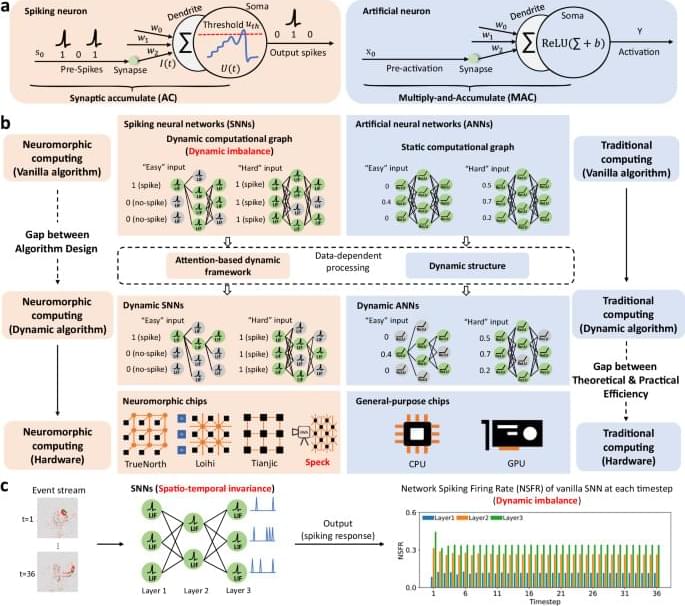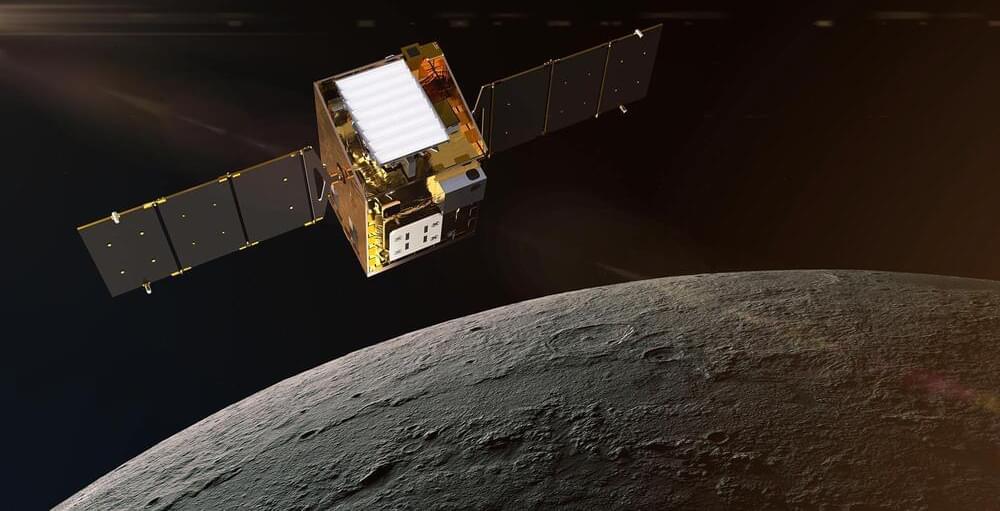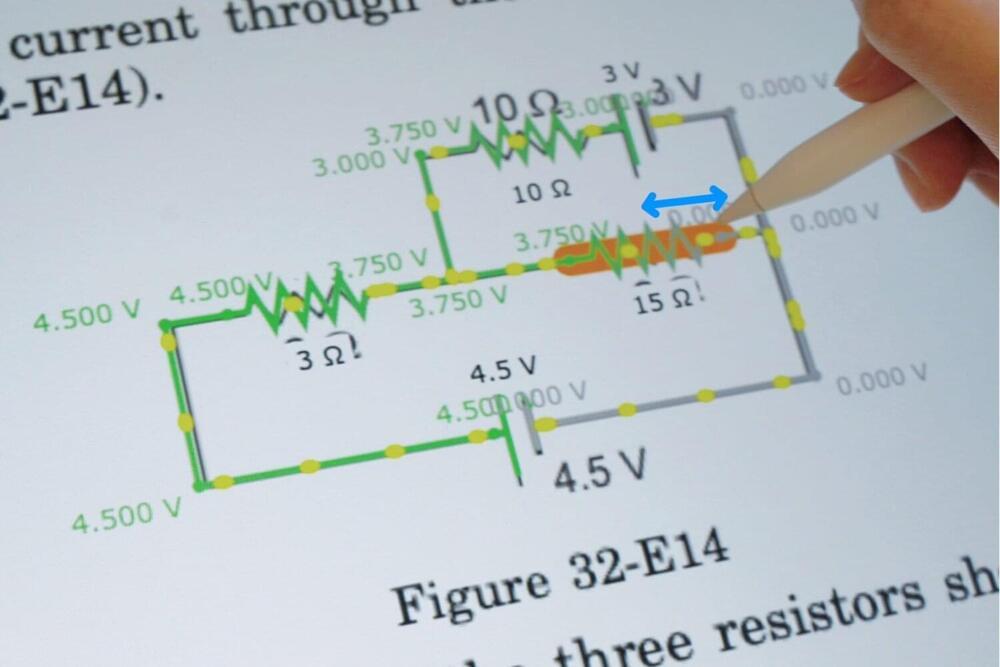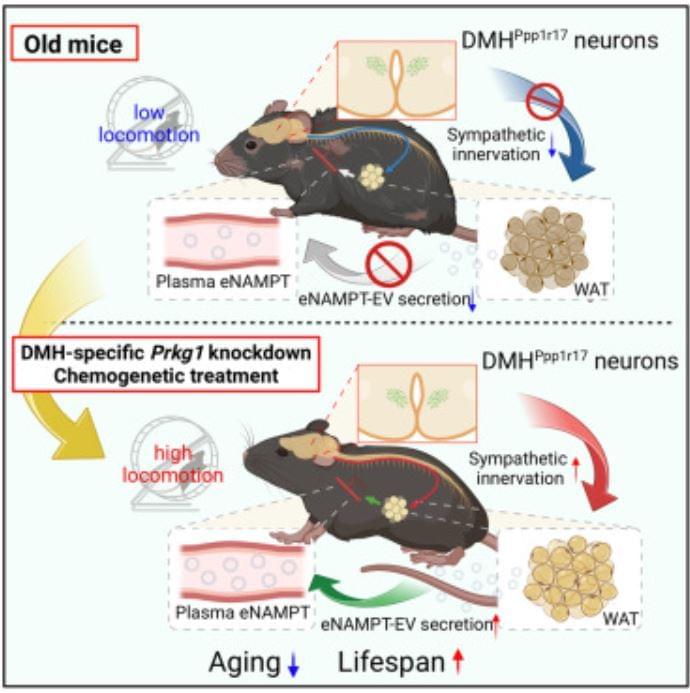
Summary: A new method developed by researchers allows scientists to identify unique, redundant, and synergistic causality, providing a clearer view of what influences complex systems. Known as SURD, this method has implications across diverse fields, from climate science to aerospace engineering.
Traditional methods often confuse variables that are not true causes, but SURD accurately decomposes causality, minimizing errors. This tool has the potential to aid in the design of optimized systems by pinpointing causative factors more precisely.
The researchers demonstrated SURD’s utility by examining turbulence, revealing previously hidden interactions between airflow variables. Their work highlights the benefits of SURD for more accurate causal analysis in complex fields.


















